No products in the cart.
Kentucky LEED Rebates for Commercial Buildings
(LOUISVILLE, Ky.) - U.S. Green Building Council (USGBC) Kentucky announced on 9/15 that Louisville Gas and Electric Company and Kentucky Utilities Company (LG&E and KU) now offer rebates from $2,000 to $10,000 for commercial buildings achieving a LEED, or Leadership in Energy & Environmental Design, certification.
“We are pleased that LG&E and KU looked to LEED standards for these rebates. The Energy & Atmosphere category is perfect for this because it addresses energy use, efficiency, and reduction,” remarks Nancy Church, director, USGBC Kentucky. “To base rebate eligibility on reducing environmental and economic harm associated with excessive energy use is to show the type of leadership we applaud at USGBC.”
To be eligible for the Kentucky LEED rebates, the building or project must achieve LEED certification and must be awarded points under the Energy & Atmosphere credit category that seeks to optimize energy efficiency performance. The intent of the specific LEED credit — Optimize Energy Performance, or EAc1 — is to achieve increasing levels of energy performance beyond the prerequisite standard.
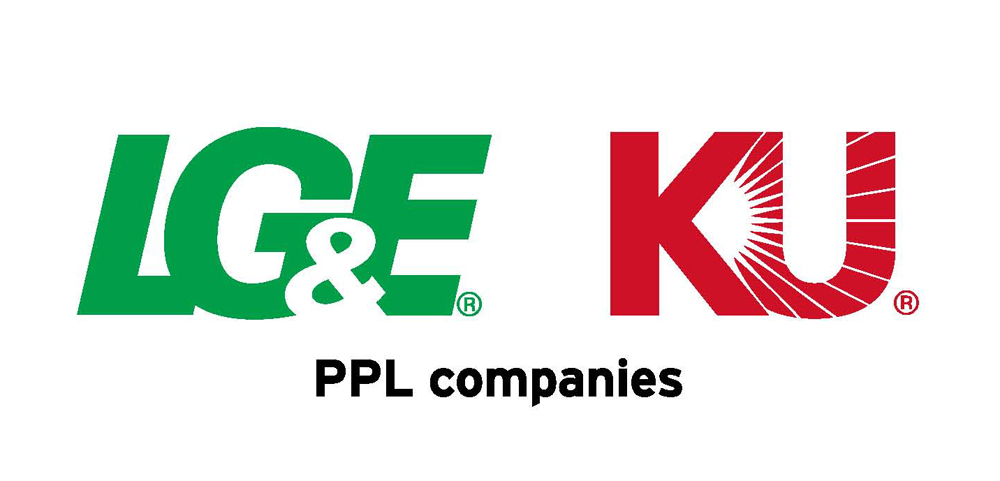 These new Kentucky LEED rebates expand the existing categories in LG&E and KU’s commercial rebate program. Additional new rebates include: new construction – efficiency above state code and energy audits. These rebates are available retroactively for buildings that achieved LEED certification or completed construction on or after November 14, 2014. Some customers may be eligible for multiple commercial rebates under the program.
These new Kentucky LEED rebates expand the existing categories in LG&E and KU’s commercial rebate program. Additional new rebates include: new construction – efficiency above state code and energy audits. These rebates are available retroactively for buildings that achieved LEED certification or completed construction on or after November 14, 2014. Some customers may be eligible for multiple commercial rebates under the program.
“While these are new additions to our commercial rebate program offerings, the goal is the same as it’s always been for all of the programs in our Energy Efficiency portfolio,” said David Huff, LG&E and KU director of Customer Energy Efficiency and Smart Grid Strategy. “They’re designed to help commercial businesses offset the cost of upgrading or installing high efficiency equipment, like lighting, air conditioning and chillers, which ultimately results in a positive impact on their bottom line.”
LEED is a green building certification program that recognizes best-in-class building strategies and practices. To receive LEED certification, building projects satisfy prerequisites and earn points to achieve different levels of certification. LEED is the preeminent program for the design, construction, maintenance and operations of high-performance, healthy buildings. LEED-certified buildings save money and resources and have a positive impact on the health of occupants, while promoting renewable, clean energy.
According to the Environmental and Energy Study Institute, it is estimated that buildings account for nearly 40 percent of CO2 emissions in the U.S. each year, most of which come from the combustion of fossil fuels to provide heating, cooling, and lighting and to power appliances and electrical equipment. By transforming the built environment to be more energy-efficient and climate-friendly, the building sector can play a major role in reducing the threat of climate change. If half of new commercial buildings were built to use 50 percent less energy, it would save more than 6 million metric tons of CO2 annually for the life of the buildings — the equivalent of taking more than 1 million cars o? the road every year.
Visit the LG&E and KU website to learn more about LEED-based and other commercial rebates.
See USGBC’s LEED overview page to discover how LEED is transforming the way we think about how buildings and communities are designed, constructed, maintained, and operated across the globe.
###
About Kentucky USGBC
Kentucky U.S. Green Building Council, a chapter of the U.S. Green Building Council, and its volunteer members are connecting business owners, homeowners, educators, like-missioned organizations, building design and construction teams and policy makers with sustainable approaches to today’s pressing energy, environmental and economic issues. Our vision is to improve the health and welfare of all Kentucky citizens through a sustainable and responsible built environment. Our mission is to educate individuals and promote the design, construction, and operation of buildings and the built environment in Kentucky that are environmentally responsible places to live, work and learn. There are 469 LEED projects in Kentucky. For more information, visit usgbckentucky.org.
About the U.S. Green Building Council
The U.S. Green Building Council (USGBC) is committed to a prosperous and sustainable future through cost-efficient and energy-saving green buildings. USGBC works toward its mission of market transformation through its LEED green building program, robust educational offerings, a nationwide network of chapters and affiliates, the annual Greenbuild International Conference & Expo, the Center for Green Schools and advocacy in support of public policy that encourages and enables green buildings and communities. For more information, visit usgbc.org.
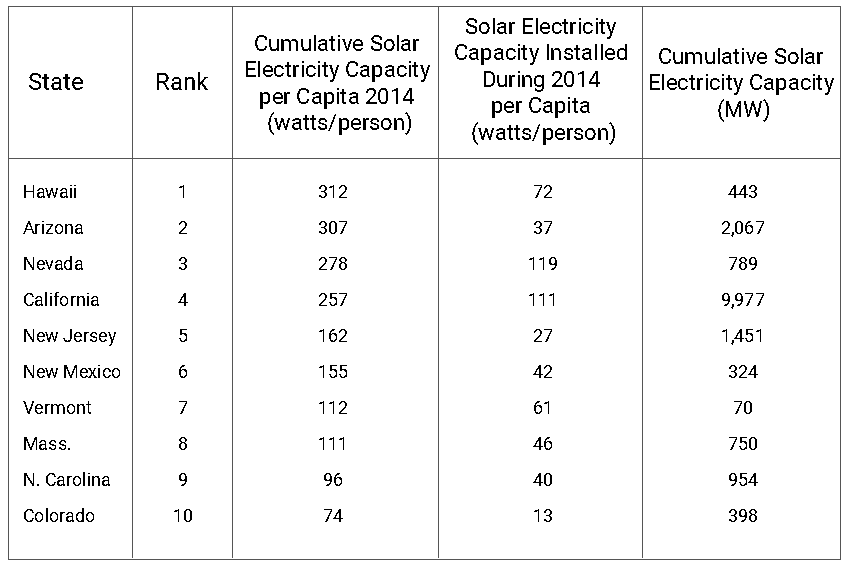
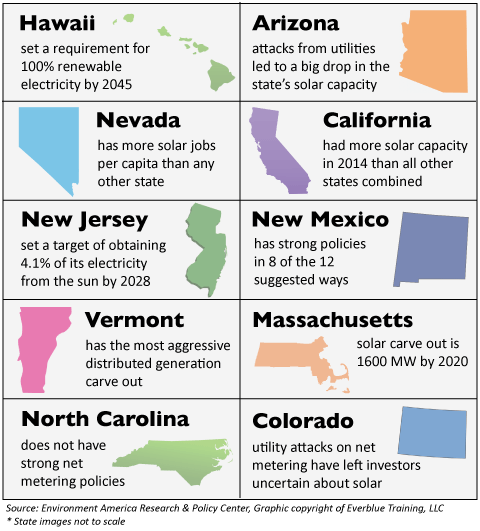

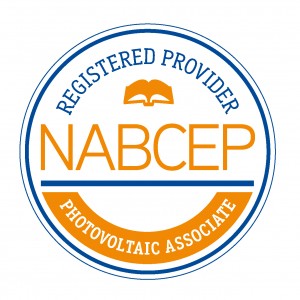 The NABCEP PV Entry Level certificate, now called the NABCEP PV Associate, highlights a candidate’s knowledge of important solar energy concepts. Specifically, candidates enroll in Everblue’s
The NABCEP PV Entry Level certificate, now called the NABCEP PV Associate, highlights a candidate’s knowledge of important solar energy concepts. Specifically, candidates enroll in Everblue’s 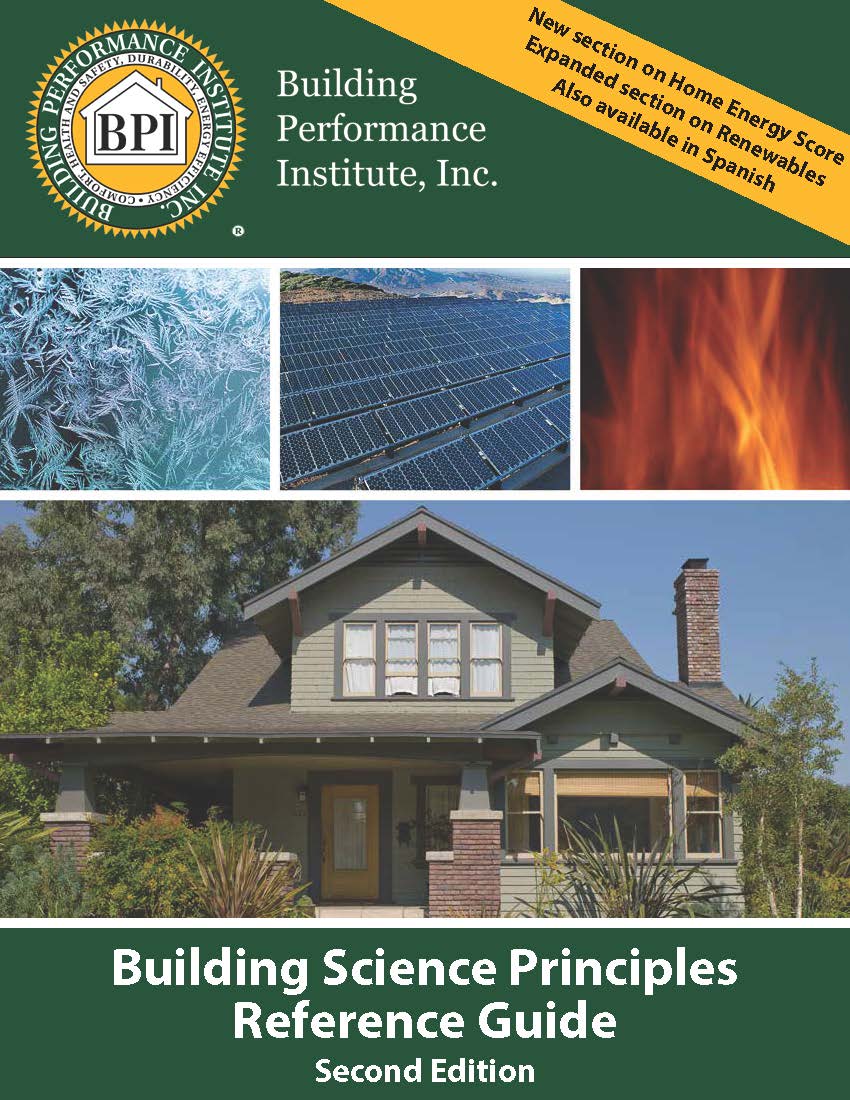 The BPI Building Science Principles certificate is similarly geared toward product manufacturers, sales representatives, and office staff but with an emphasis on building science concepts. Candidates enroll in Everblue’s online
The BPI Building Science Principles certificate is similarly geared toward product manufacturers, sales representatives, and office staff but with an emphasis on building science concepts. Candidates enroll in Everblue’s online 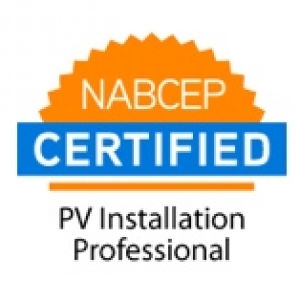 Electricians, roofers, and other project managers working in the field may be interested in the NABCEP PV Installation Professional Certification. To acquire this designation, a candidate may fulfill the educational prerequisite by enrolling in Everblue’s
Electricians, roofers, and other project managers working in the field may be interested in the NABCEP PV Installation Professional Certification. To acquire this designation, a candidate may fulfill the educational prerequisite by enrolling in Everblue’s 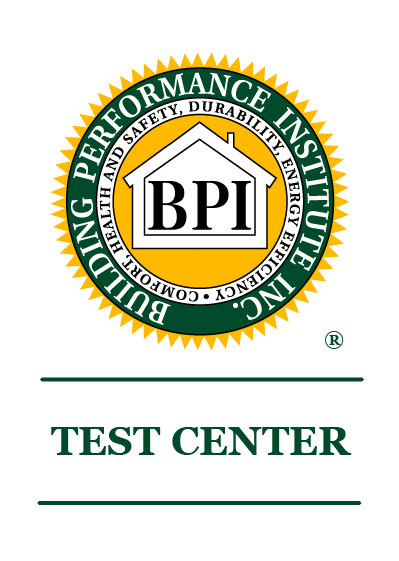 Home inspectors, general contractors, and HVAC technicians may be interested in one of BPI’s home energy auditor certifications, such as
Home inspectors, general contractors, and HVAC technicians may be interested in one of BPI’s home energy auditor certifications, such as 
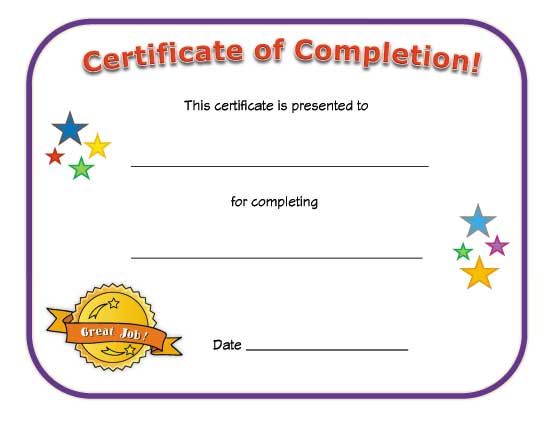 This one is also kind of a trick question. The three terms defined above are all honors determined by a third-party credentialing organization. A Certificate of Completion,
This one is also kind of a trick question. The three terms defined above are all honors determined by a third-party credentialing organization. A Certificate of Completion, 
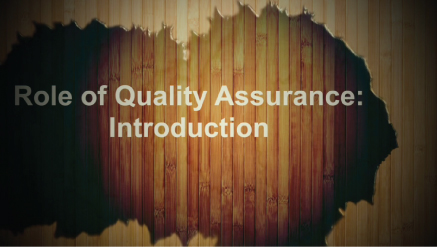


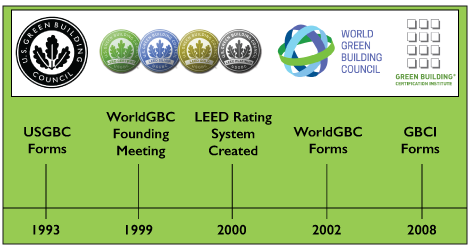
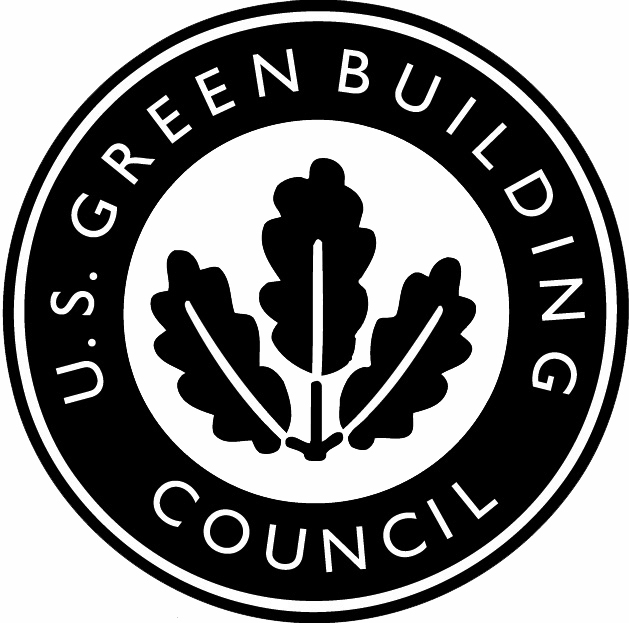 Because GBCI is the offspring of USGBC, all LEED candidates around the world will interact with USGBC/GBCI regardless of which green building council they regularly affiliate with. When a candidate is ready to take the LEED exam, he/she will visit www.usgbc.org/credentials to pay their exam fee. They will then visit the
Because GBCI is the offspring of USGBC, all LEED candidates around the world will interact with USGBC/GBCI regardless of which green building council they regularly affiliate with. When a candidate is ready to take the LEED exam, he/she will visit www.usgbc.org/credentials to pay their exam fee. They will then visit the 
